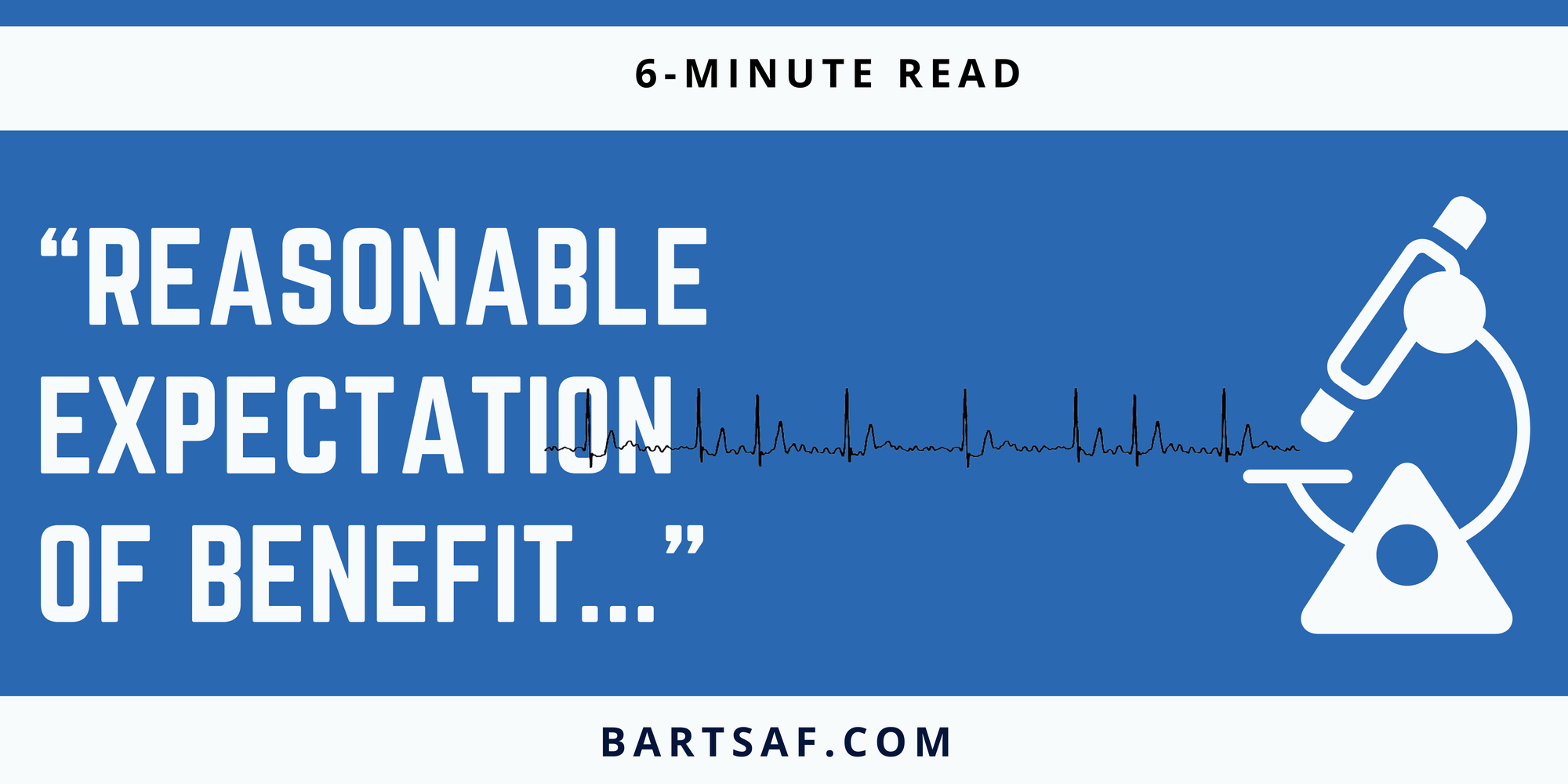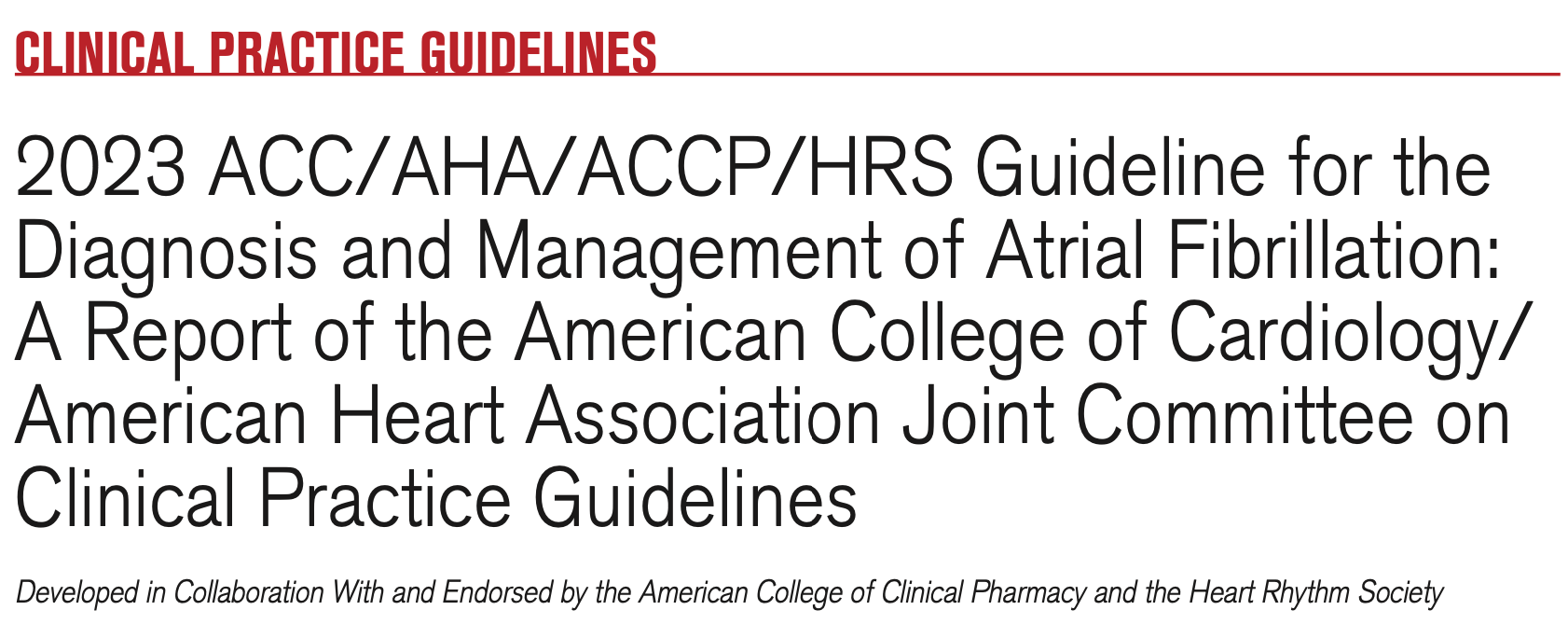The new Atrial Fibrillation Guidelines are out

The 2023 AF guidelines bring a lot of change to patients with AF. None more so than those with Heart Failure.
I’ve had to come back and write this post.
For the last 2 months I’ve been buried deep under scans, ablation results and statistics analysing the results of the AFHF study (apologies for the hiatus in emails!) but I have emerged to share this big step forward in the management of AF and Heart Failure.

The 2023 American Guidelines
Last week, The three big AF-related American Medical Societies published their 156-page document on the latest guidelines and recommendations for the management of AF.

The biggest change in these recommendations is how they advise us to manage patients with AF and heart failure. This affects one-third of AF patients, and when the heart muscle becomes weak this type of heart failure is called heart failure with reduced ejection fraction (I will refer to this as HFrEF). And the reason I came out of hibernation to write this post is because it has implications of our AFHF Trial and the findings we make.
The authors wrote:
“In appropriate patients with AF and HFrEF [...] with reasonable expectation of procedural benefit, catheter ablation is beneficial to improve symptoms, QOL, ventricular function, and cardiovascular outcomes"
And it is not just what they said, it's how they said it. Recommendations are published with ratings, based on how strongly they recommend it and how strong they feel the evidence is. The authors gave this recommendation a class 1a recommendation- they support it as strongly as they can and there is a lot of evidence to support it.
Reasonable expectation of benefit
For the first time, patients with AF and HFrEF with reduced ejection fraction have been given a class 1a recommendation for AF ablation. But, that recommendation comes with important nuance:
Your doctor needs to have a 'reasonable expectation of procedural benefit'. Meaning just because you have AF and HFrEF, this does not automatically apply. The suspicion should be that treating your AF will make you feel better, your heart stronger and keep you out of hospital.
The 2021 European Guidelines had already given a 1a recommendation for AF ablation in patients with uncontrollable fast AF (something called tachycardiomyopathy- a fancy word for ‘heart beating too quickly to work properly’) because that was an obvious cause for heart failure so a big clue that these patients would benefit. But that was it. Everyone else got a class 2b recommendation with no further guidance for who to put forward and why.
So why did the Americans upgrade?
Well, in the last few years, we have had a couple of really important trials of AF ablation in patients with HFrEF. We already knew that AF ablation can make many patients with heart failure feel better and make the pump stronger but we had not shown that it made patients live longer, or at least that it kept them out of the hospital. These are called "hard endpoints".
And so, two big studies were set up to look at this. CASTLE-HF and RAFT-AF. CASTLE-HF showed enrolled HFrEF patients who underwent catheter ablation had a lower risk of hospitalisation and death and RAFT-AF did not (but the authors said there was a trend towards positivity). Now, these conclusions are the subject of a lot of controversy and I will do a dedicated post next week on these studies because the results are not as black and white as the conclusions might seem. But the main takeaway is that the Guideline writers felt this, on top of the large number of Randomised Controlled Trials showing improvement in other aspects meant there was enough evidence for them to give a 1a recommendation.
How do we know which Heart Failure patients will benefit?
This is the primary question of my PhD and so it this guideline is the perfect backdrop to the results we will publish over the coming year. The truth is we don't know. There is some evidence to suggest MRI scans to look for scarring of the heart can help us pick the best candidates. Or if a patient is younger or earlier in the disease process. But if you are a doctor, arrhythmia nurse or relative standing at the end of the bed looking at a patient with AF and HFrEF, we don't have a risk score or a way to predict 'reasonable benefit' in these patients yet.
To the man with a hammer, everything looks like a nail.
We need guidance on how to pick which patients have HF because of their AF. But a big first step- is that there is consensus agreement that AF ablation is the first-line treatment in the patients that do.
